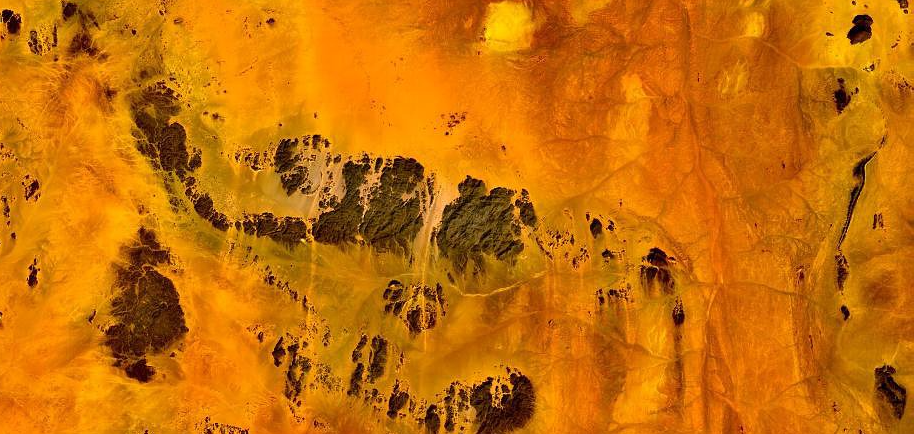Hot Deserts in Sudan
Sudan is a large country in Northeast Africa. The north of Sudan is made up of a number of large hot deserts, including: the Nubian Desert (approximately 400,000 km2 area) and the Bayuda Desert (approximately 100,000 km2 area). Both of these deserts are part of the Sahara Desert which stretches across North Africa.
Desertification in Sudan
Desertification is a type of land degredation, when fertile land transforms into desert. The Sahara Desert has expanded by about 10% since 1920. Today, over 50% of Sudan is at risk of desertification. Sudan has experienced multiple severe droughts and famines, including in 1984, when a severe drought saw rainfall reduced by 40%.
Desertification and Empire in Sudan
Sudan was part of the British Empire from 1899 to 1956. Sudan was ruled by both Britain and Egypt as part of Anglo-Egyptian Sudan. Major droughts occurred in 1913 and 1940. The British worried about irregular rainfall and the loss of forests in Sudan. It was during this time, in the 1920s, that British colonial geographers first identified and discussed desertification.
Causes of Desertification
Desertification is caused by both natural factors and human factors. Colonialism increased the effects of certain human factors. The British wanted to set up cash crop plantations in Sudan, to grow cotton and peanuts. This resulted in overcultivation and deforestation, but British colonial geographers blamed Sudanese farmers.

Desertification After Independence
Sudan gained independence from the British Empire in 1956. Since then, Sudanese geographers and scientists have played an important role in understanding and reducing the risk of desertification. However, desertification is still contributing to ongoing conflict in Sudan, as resources are scarce and people are displaced. Notably, South Sudan became independent from Sudan in 2011.


